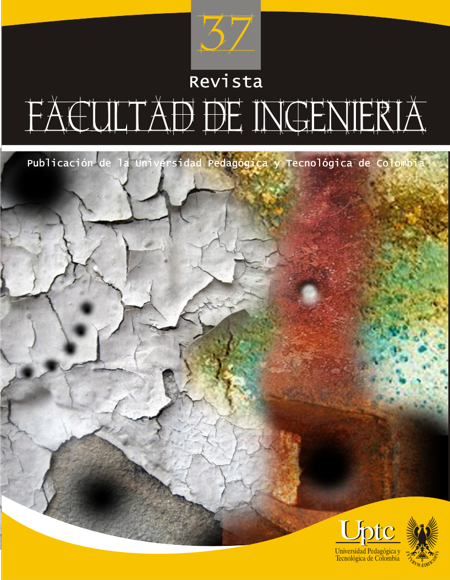Valoración del residuo de piedra para preparar concreto para senderos peatonales: caso piedra Barichara

Abstract
Los indicadores de desarrollo de un país están asociados a la satisfacción de las necesidades básicas de la población y de otras complementarias, como las relacionadas con la infraestructura vial, que favorecen la competitividad de las regiones. En algunos países en vía de desarrollo es marcado el bajo porcentaje de vías pavimentadas, con la consecuente repercusión económica que la falta de conectividad genera. Por tal razón, se hace necesario ejecutar proyectos que mejoren el estado de las vías, con alternativas que protejan la capa de afirmado.
Las lajas de piedra acomodadas con los criterios constructivos de pavimento articulado son opciones viables en aquellos sectores en donde abunda la roca. Barichara, municipio de Santander (Colombia), es una zona caracterizada por la calidad de la piedra que se extrae de manera manual y que se aprovecha para decoración y como material de revestimiento. Durante el proceso de extracción de la piedra, además de afectar la salud del personal encargado de esta labor, se genera un subproducto que impacta negativamente el paisaje. En este estudio se demuestra que la trituración del residuo del proceso de extracción de la piedra permite generar un material aprovechable en mezclas de concreto para senderos peatonales y como mortero de pega de baldosas en área de bajo tránsito.